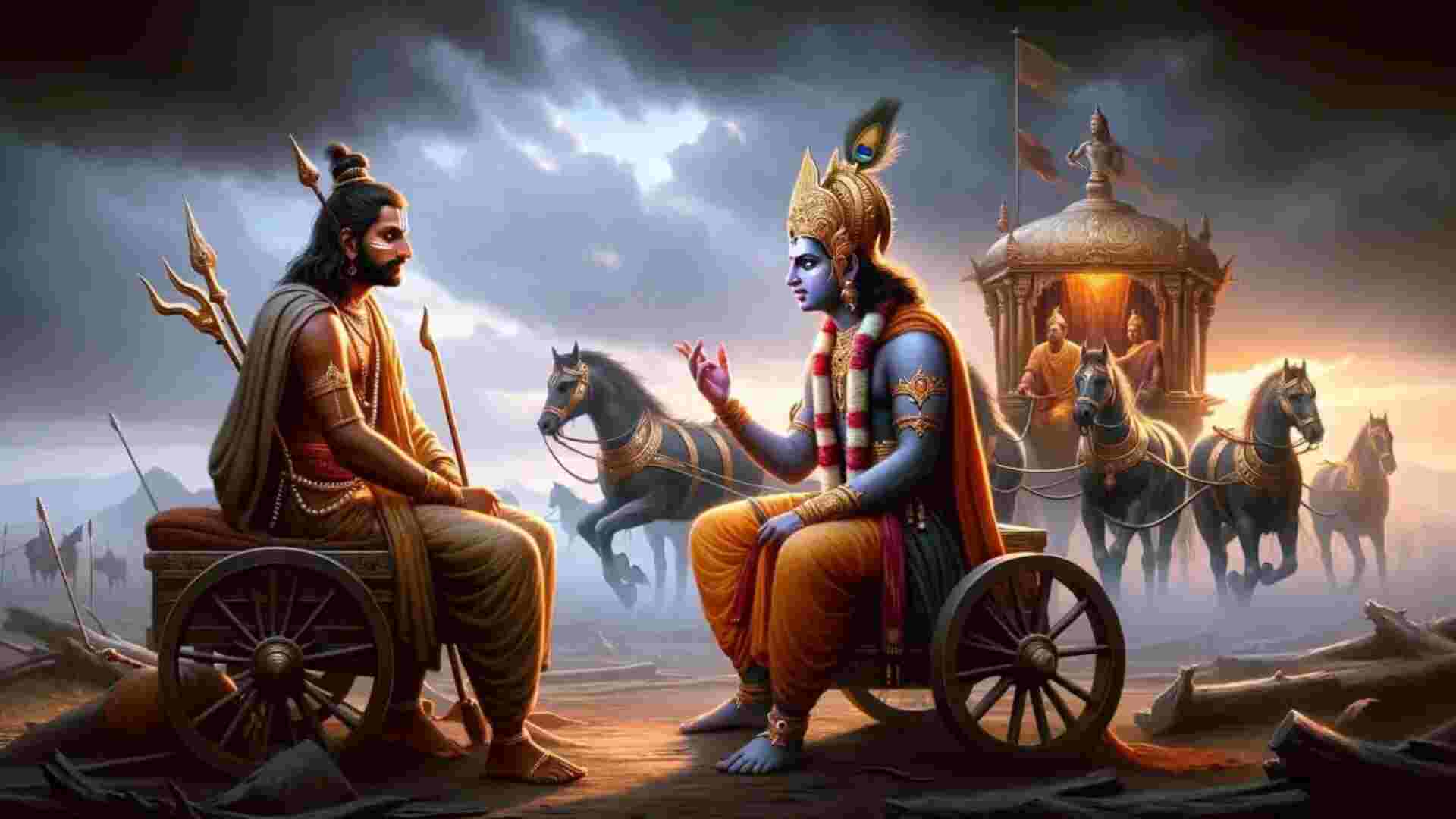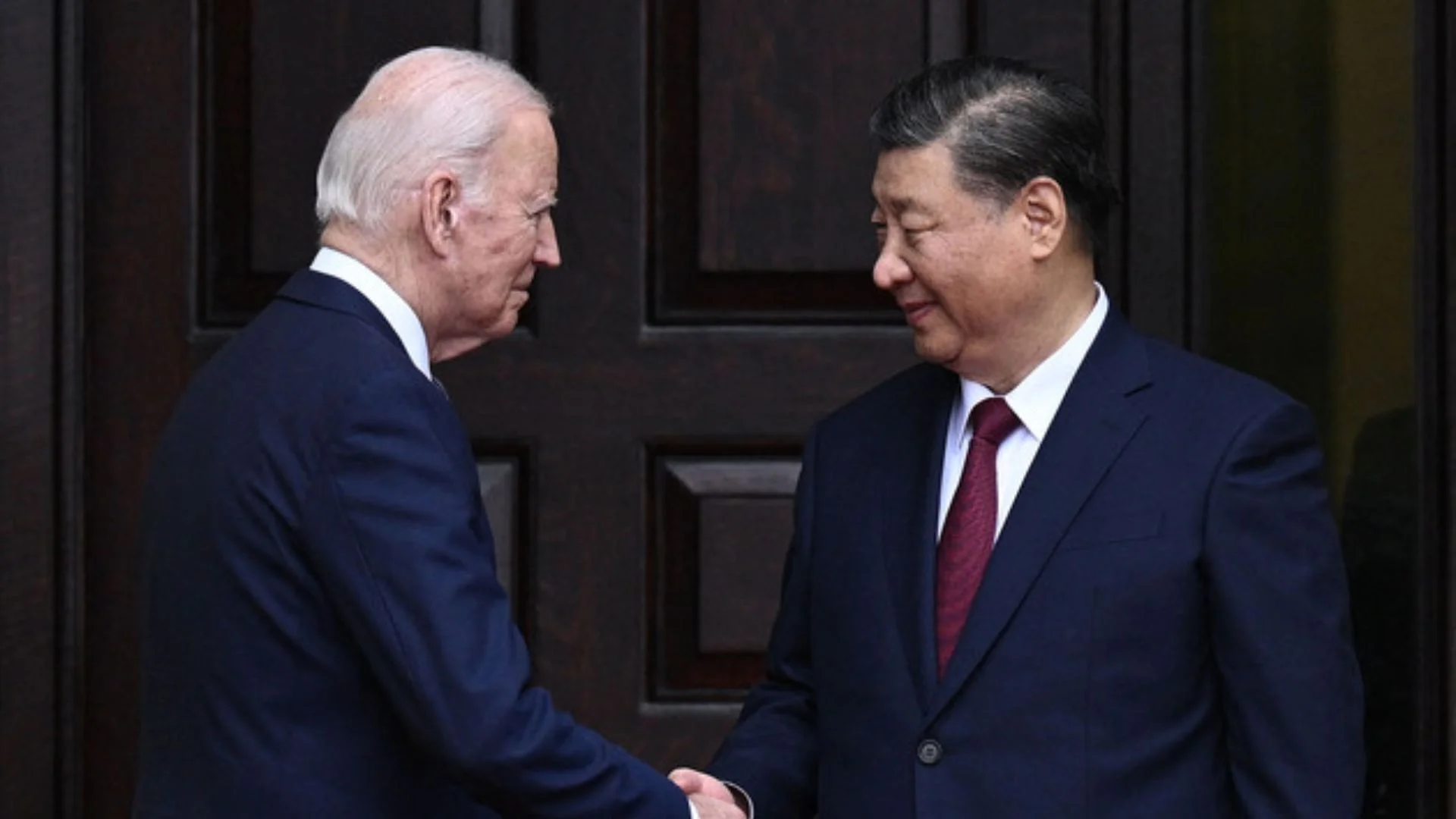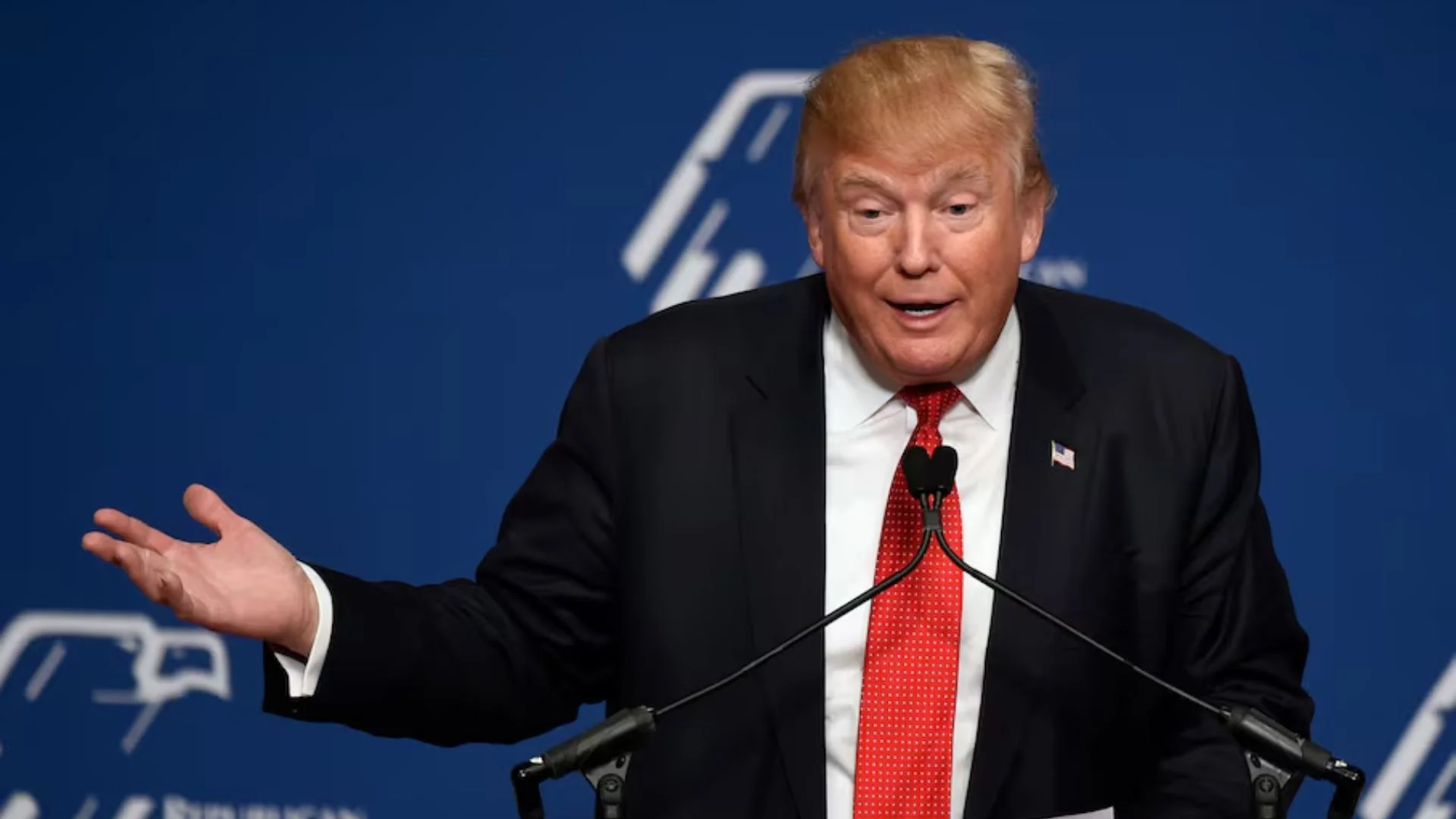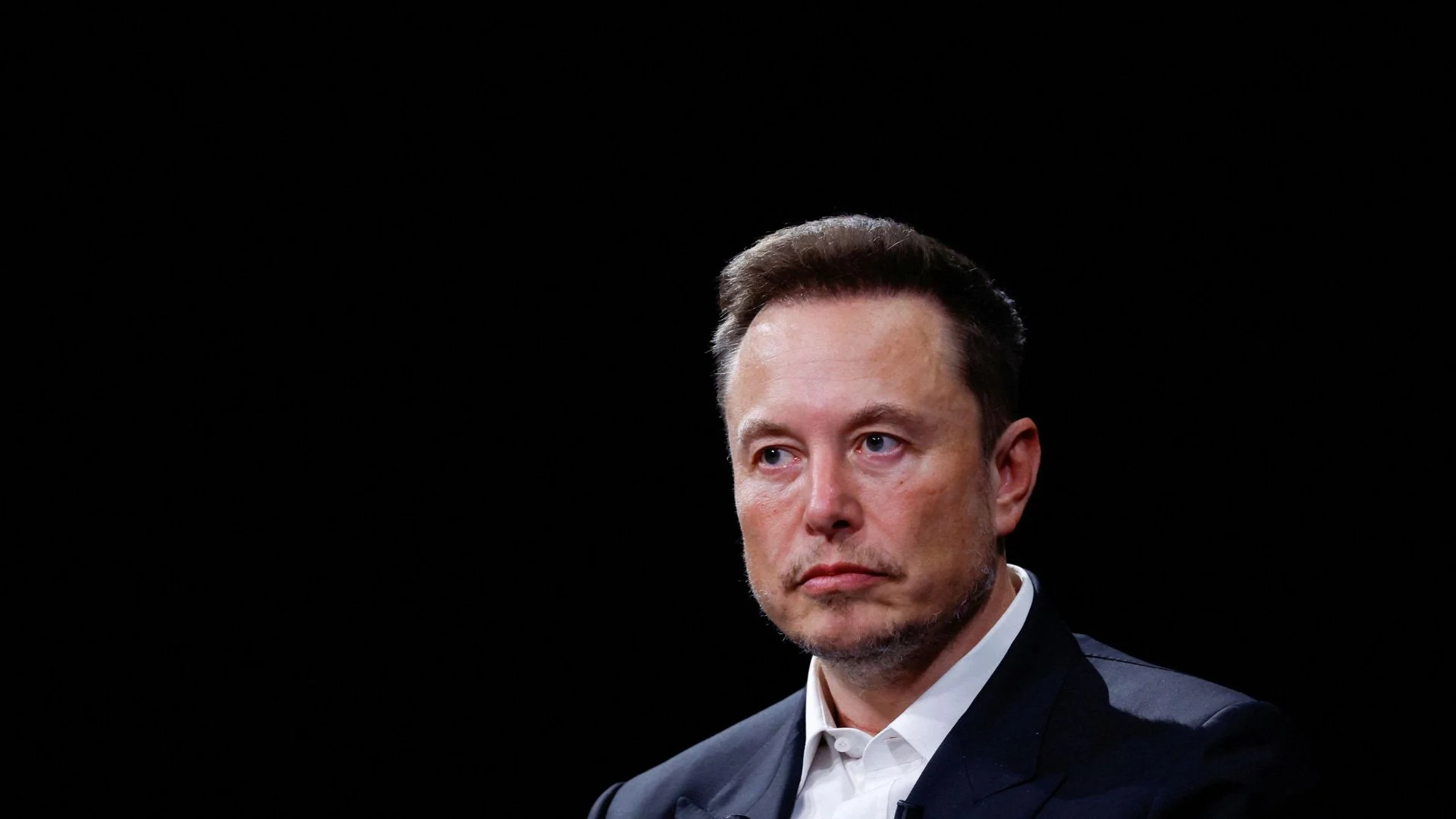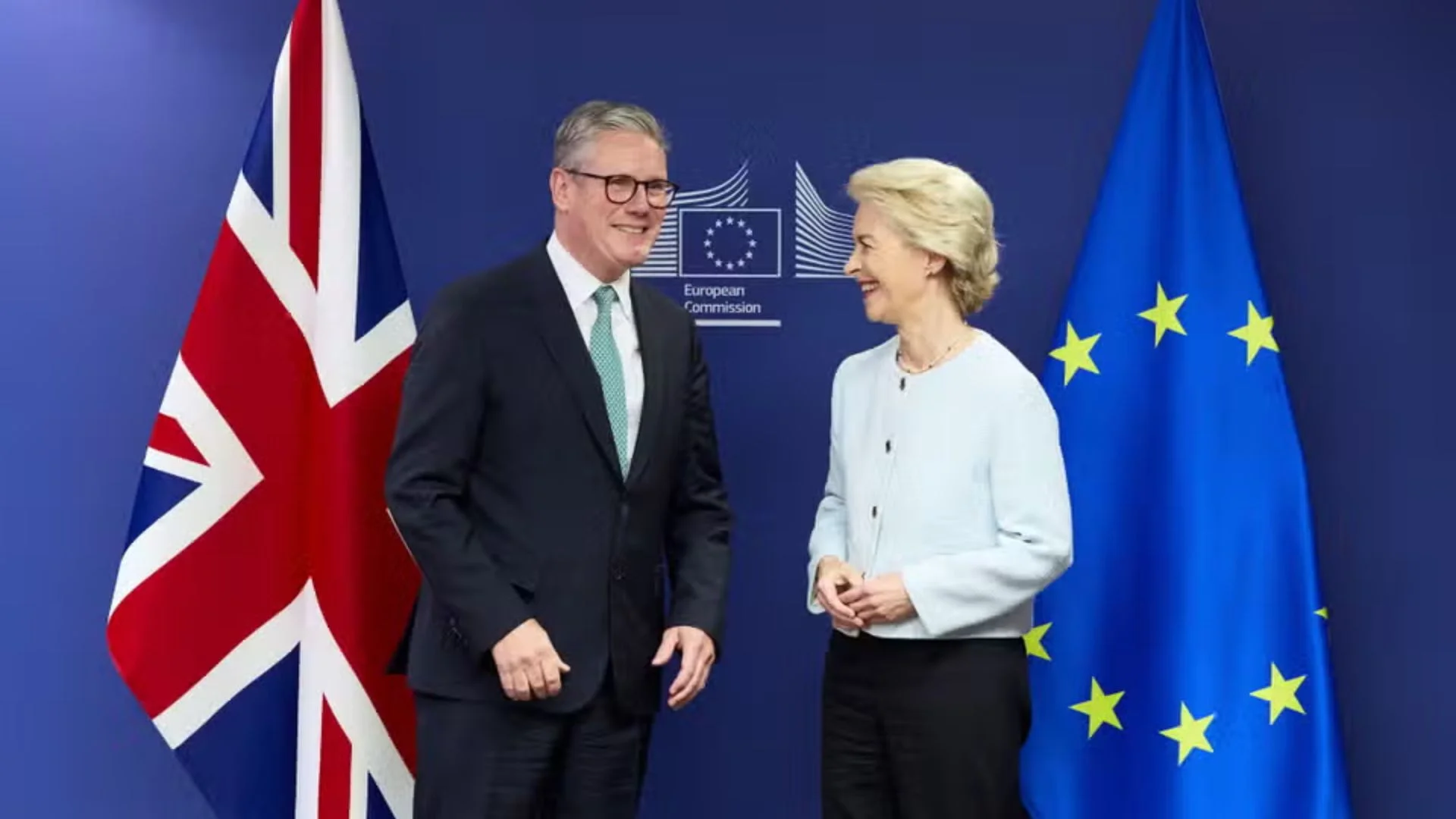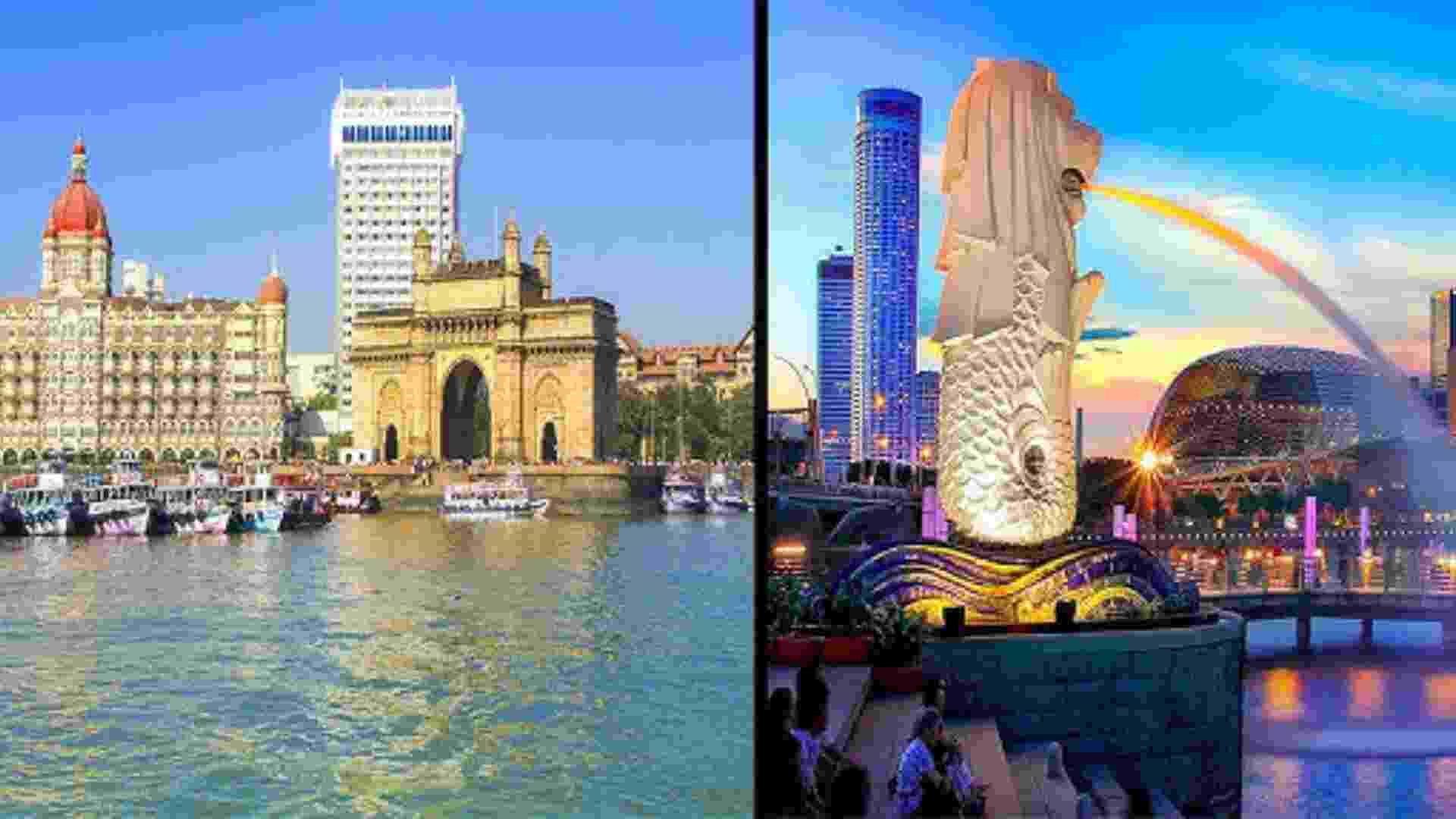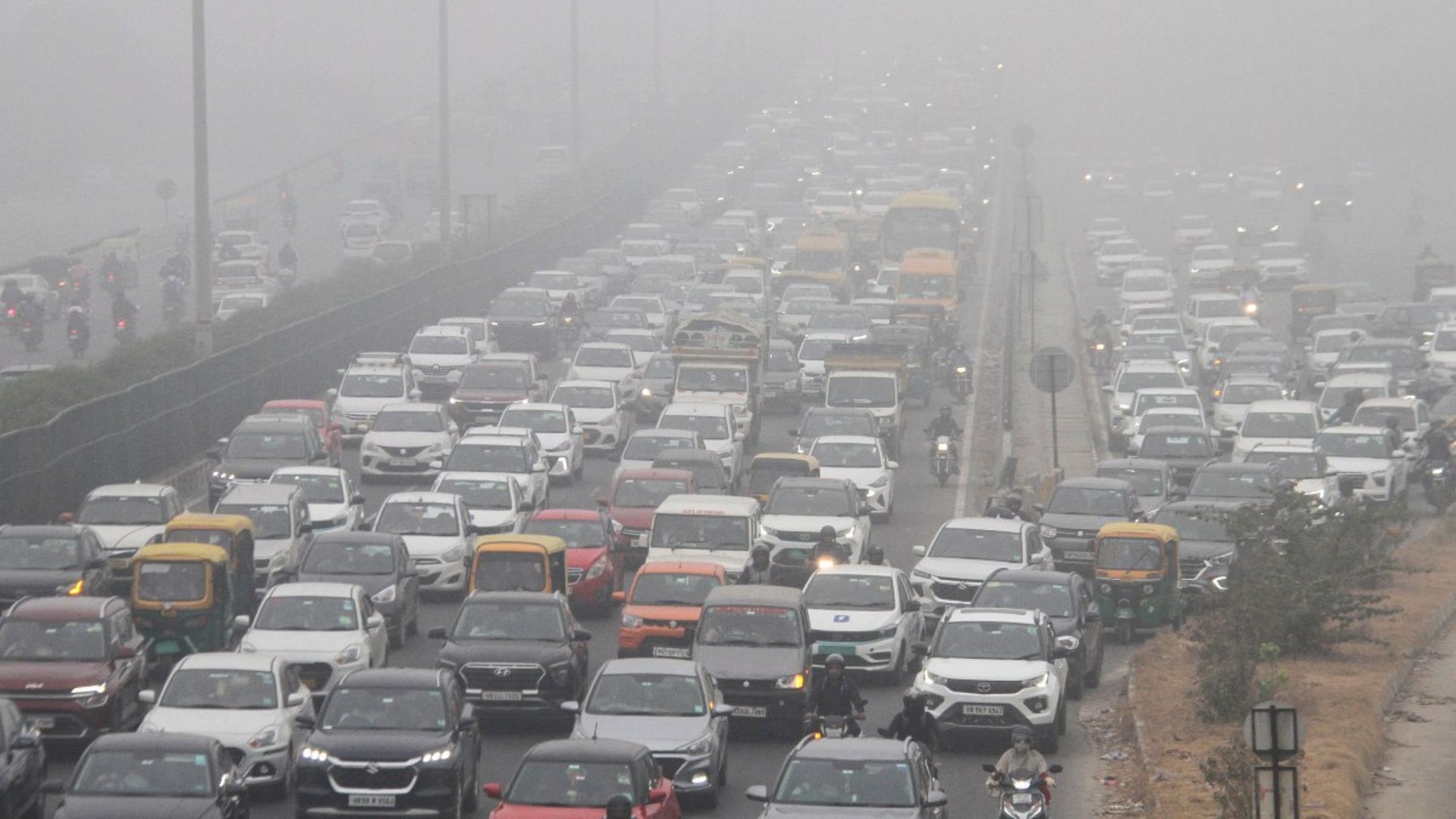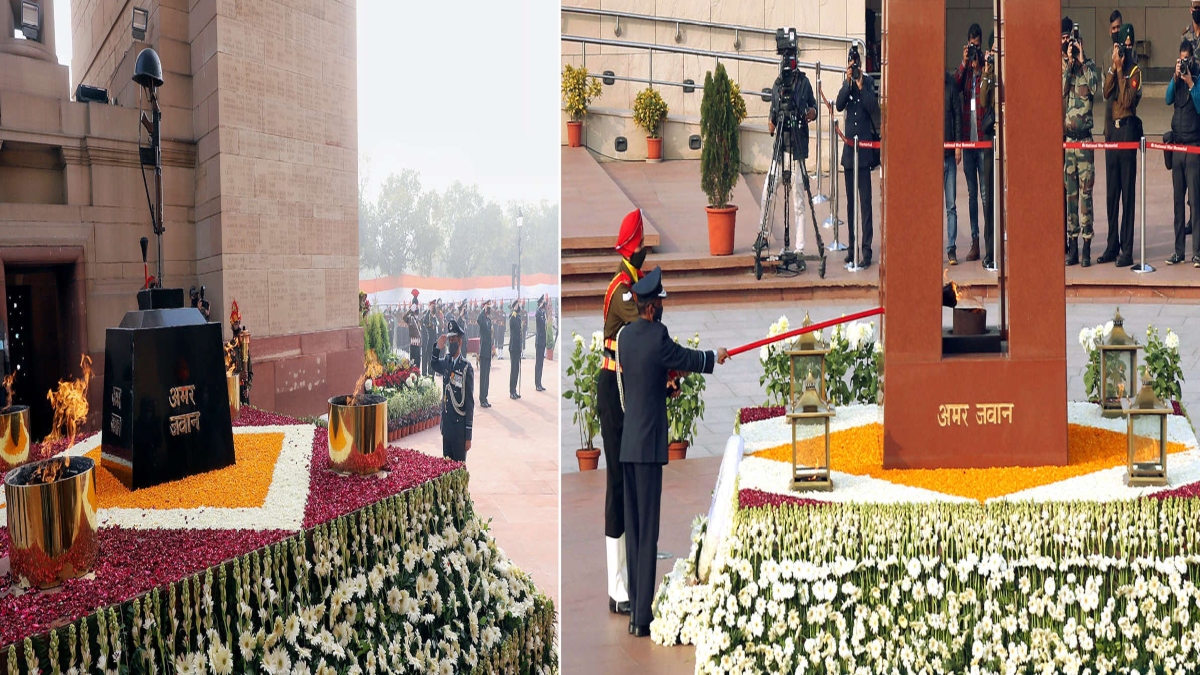
These are the most beautiful and inspiring lines enshrined as epitaph on the Kohima War Memorial in Nagaland. These lines commemorate those Indian soldiers who fought the Japanese during the Second World War. They constantly remind us that we are safe today due to the sacrifices of those brave soldiers. Although these thoughts were penned by John Maxwell Edmonds, they are relevant to all war memorials.
The brouhaha over the merging of the Amar Jawan Jyoti flame with the Eternal Flame at the newly constructed National War Memorial is political and bereft of emotions that should define Independent India’s existence as a sovereign State. By the merger, this country is creating a new tradition where the sacrifice of every soldier on a daily basis is recognised and valued. The memory is being magnified and amplified many times over and evoking the right response.
War memorials have played an important role in the lives of nations. Different countries have created different traditions. Infosys Trust Chairman Sudha Murthy brilliantly describes how deeply touched she was when she visited Moscow and came to know of the tradition of newly married couples visiting the nearest war memorial after exchanging their marriage vows.
Every newly married couple is reminded that their peaceful existence in Russia is because of the sacrifices made by their ancestors. It is a tradition for couples to seek the blessings of martyrs in war memorials. This is a sign of gratitude that the nation pays to its heroes, she describes. Visiting a nearby war memorial immediately after the wedding and wearing a service uniform since everyone serves in the armed forces is a custom Russians have evolved over generations.
War memorials are supposed to create memories and thus must evoke the natural urge of giving thanks and determination to be better citizens. In countries where a brief stint in the military is a must, one does not need to teach the respect the army commands or should command. But in our country, where even the sacrifices of our brave soldiers are at times undermined due to political reasons, it is necessary to keep reminding ourselves that our national life depends on the daily supreme sacrifices made by these soldiers to keep the country together. The highest sacrifice is going to the war knowing fully well that you may not return to your loved ones.
Imagine a non-descript politician calling the Army Chief, “Sadak ka Goonda”, and getting away after tendering an apology. This happens when a politician starts seeing the Army as partisan to establishments. Instead of celebrating the victories of our armed forces, such people start seeing these victories with jaundiced eyes and ask the Army to give proof of their valour.
This shows that the ceremonial obeisance before the Amar Jawan Jyoti has failed to imbibe those right values. Dignitaries come and go after paying their respect to the makeshift war memorial at India Gate, but these have failed to create the right memories for us. A visit to a war memorial is not a ritual but a recognition of the supreme sacrifices made by the country to keep itself afloat.
I have often seen merry-making people visiting India Gate for picnics or partying or simply to have ice cream after dinner. But I have seldom witnessed them stopping by at the war memorial and trying to figure out the reason for the eternal lighting of the flames. The meaning of the rifle-turned upside down with a helmet on it is lost on most.
India Gate, the symbol of the British Raj, looks imposing and grand and has become a symbol of India’s capital. But has it acquired the stature of a war memorial? I have serious doubts. Those picnic-goers should not be expected to drown their passions in sombre thoughts. Sadly, the memories are not created. I bet you ask a common person who visits India Gate to spell out his thoughts after visiting the memorial. He would not be even able to explain the meaning. So, images about the visit are created but not the thoughts. You become a part of history, yet you do not know the history.
When the Amar Jawan Jyoti was inaugurated on 26 January 1972, it was to commemorate the memories of the 3,843 Indian soldiers who sacrificed their lives while writing India’s triumphant military history in liberating Bangladesh in 1971. The makeshift war memorial was embedded close to India Gate (under the arch of the India Gate) and the permanent flame was lit in the memory of the soldiers who sacrificed their lives. Gradually, it came to symbolise the sacrifices made by all soldiers.
The India Gate was constructed as a British war memorial to commemorate the 83,000-plus soldiers who died during the First World War, from 1914-21. Out of these, the names of only 13,516 soldiers, including British, are inscribed on it. Some names are of those soldiers who lost their lives in the Third Anglo-Afghan war. The foundation for this war memorial was laid on 10 February 1921 and was inaugurated on 2 February 1931.
Naturally, if you have the Amar Jawan Jyoti adjacent to or under the India Gate, memories would get mixed. The symbol of the British Empire exists side by side with the independent military victory of 1971. It does not have the names of freedom fighters of India or of those soldiers who sacrificed their lives during the Bangladesh War or the other wars that India fought and won either before or after 1971.
While no one can take away from the valour of Indian soldiers who fought bravely and created a saga for their regiments during the First World War, the fact remains that Indians had no say in this participation. It was the British who decided their wars and forced participation. This was the history of British India and not an independent nation. While this would be respected as a relic of the past, it cannot truly represent an Independent India’s war legacy.
It is in this context that a demand was made about 60 years back that the country should have its National War Memorial. The armed forces proposed it in 1960 and the UPA government decided in 2006 that such a war memorial be set up nearby India Gate. But it ran into trouble due to objections from the Ministry of Urban Development on the heritage site issue of Central Vista. In 2012, the UPA announced the decision to construct the proposed war memorial but serious objections were raised by the Delhi Government under the late Sheila Dikshit.
It appears that while the Congress-led UPA wanted the war memorial, there was a section within the party that opposed it on the pretext that it would erase the memory of Indira Gandhi’s role in the Bangladesh War. But the agenda for a war memorial picked momentum when Narendra Modi became the Prime Minister. The Government cleared the proposal for a National War Memorial at a Cabinet meeting in October 2015 and sanctioned Rs 500 crore. This was to commemorate all soldiers who sacrificed their lives in the history of post-Independence India.
The Government stated its objective: “This government will be establishing a War Memorial and a Museum with a deep sense of gratitude to honour those brave soldiers, who laid down their lives. The memorial will promote a sense of patriotism in the minds of visitors, and will award an opportunity to citizens of this vast nation, to express their token sense of gratitude to the brave soldiers, who laid down their lives for the motherland”. And the War Memorial was inaugurated just 400 metres from India Gate on 25 January 2019.
On 30 May 2019, Narendra Modi visited the NWM to pay tribute to the martyrs before taking oath as the Prime Minister of India for the second time. The seed for a new tradition was being laid. On 15 August 2019, President of India Ram Nath Kovind placed a wreath and observed two minutes’ silence at the NWM, instead of India Gate, before the start of the 73rd Independence Day parade.
The NWM is an awe-inspiring structure, spared over 40 acres and commemorates all soldiers who have sacrificed their lives. Names of more than 26,000 soldiers are etched in granite. It also contains the names of those who died during UN military operations. All the wars have been covered. The memorial intends to invoke deep memories that should serve as an inspiration and it does succeed in its purpose.
So why should one oppose the merging of Amar Jawan Jyoti with the NWM eternal fire? The memories are not being erased but new memories are being created. Unlike India Gate, when you enter the NWM you get transformed into a different world. Images of sacrifice and valour of our brave soldiers who made the country what it is today. Even two minutes of contemplation for them would be enough to remind us why we are safe today. The Congress and other leaders have made it appear as if this was an attempt to erase the memory of Indira Gandhi. This is ridiculous. She will always be remembered as an Iron Lady who made India proud, whenever the Bangladesh War is mentioned. But India won many wars before or after that and many soldiers sacrificed their lives. It is happening on a daily basis even today. How about giving them their dues? It makes no sense to have two war memorials at a distance of 400 metres.
And what a beautiful way to remind people of another great leader of the country who has been consigned to a few pages in modern history due to the political shenanigans of the Nehru-Gandhi family—Netaji Subhash Chandra Bose. The canopy at the India Gate that once had King George V, King of England, from 1939-68, will now have Bose, the person whom the British Empire dreaded. A befitting memorial to Bose on the occasion of his 125th birth anniversary, which is celebrated as Parakram Diwas, makes us all proud.
The writer is the author of “Narendra Modi: the GameChanger”. A former journalist, he is a member of BJP’s media relations department and represents the party as spokesperson while participating in television debates. The views expressed are personal.
